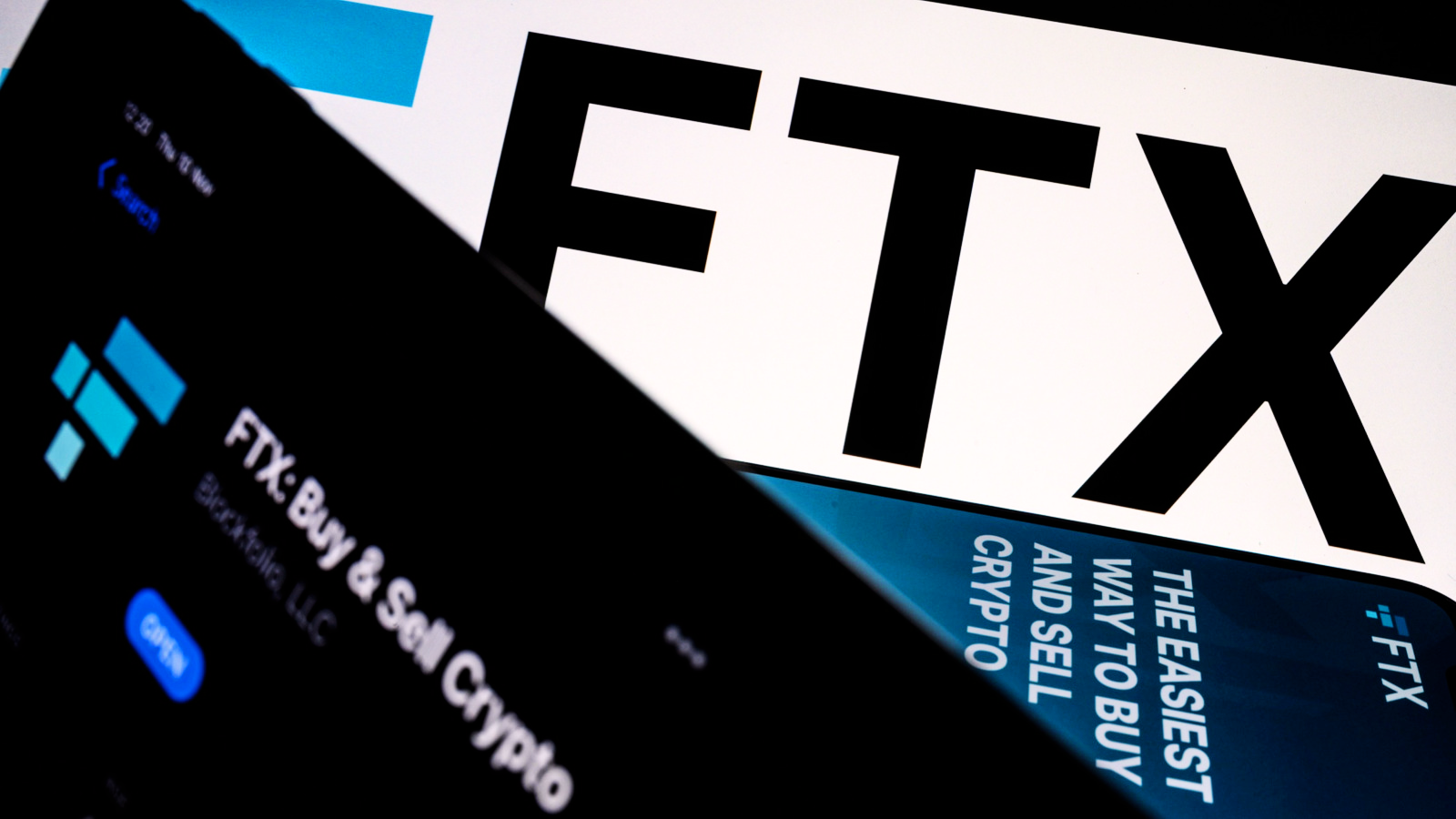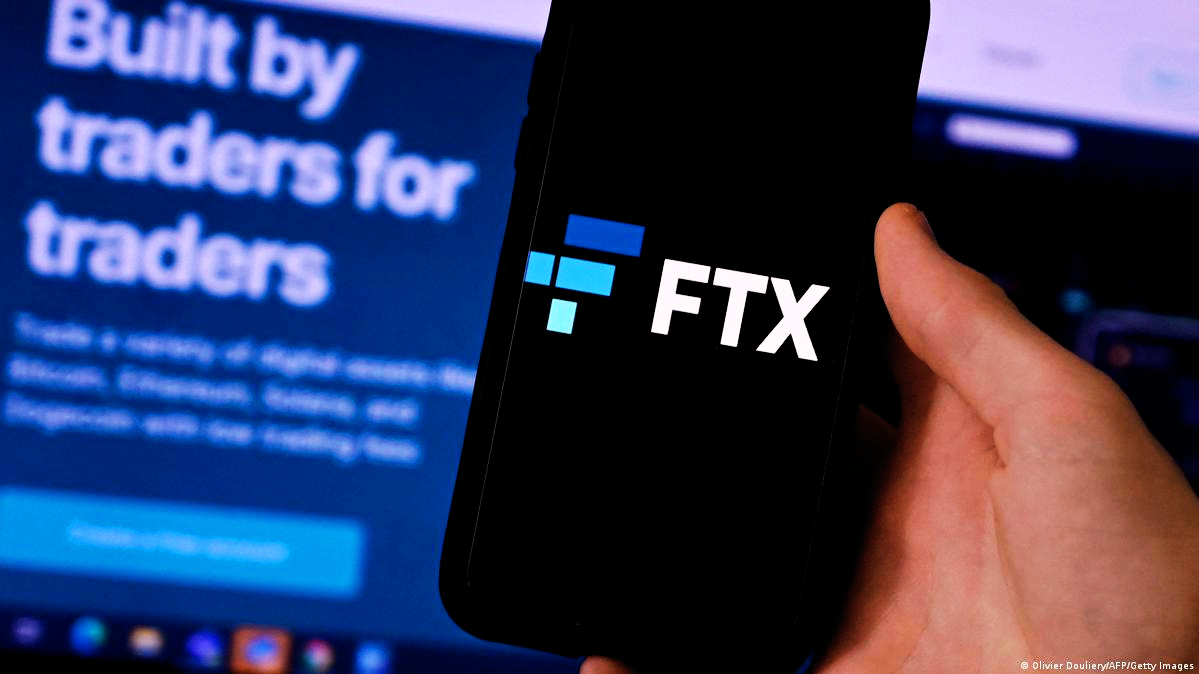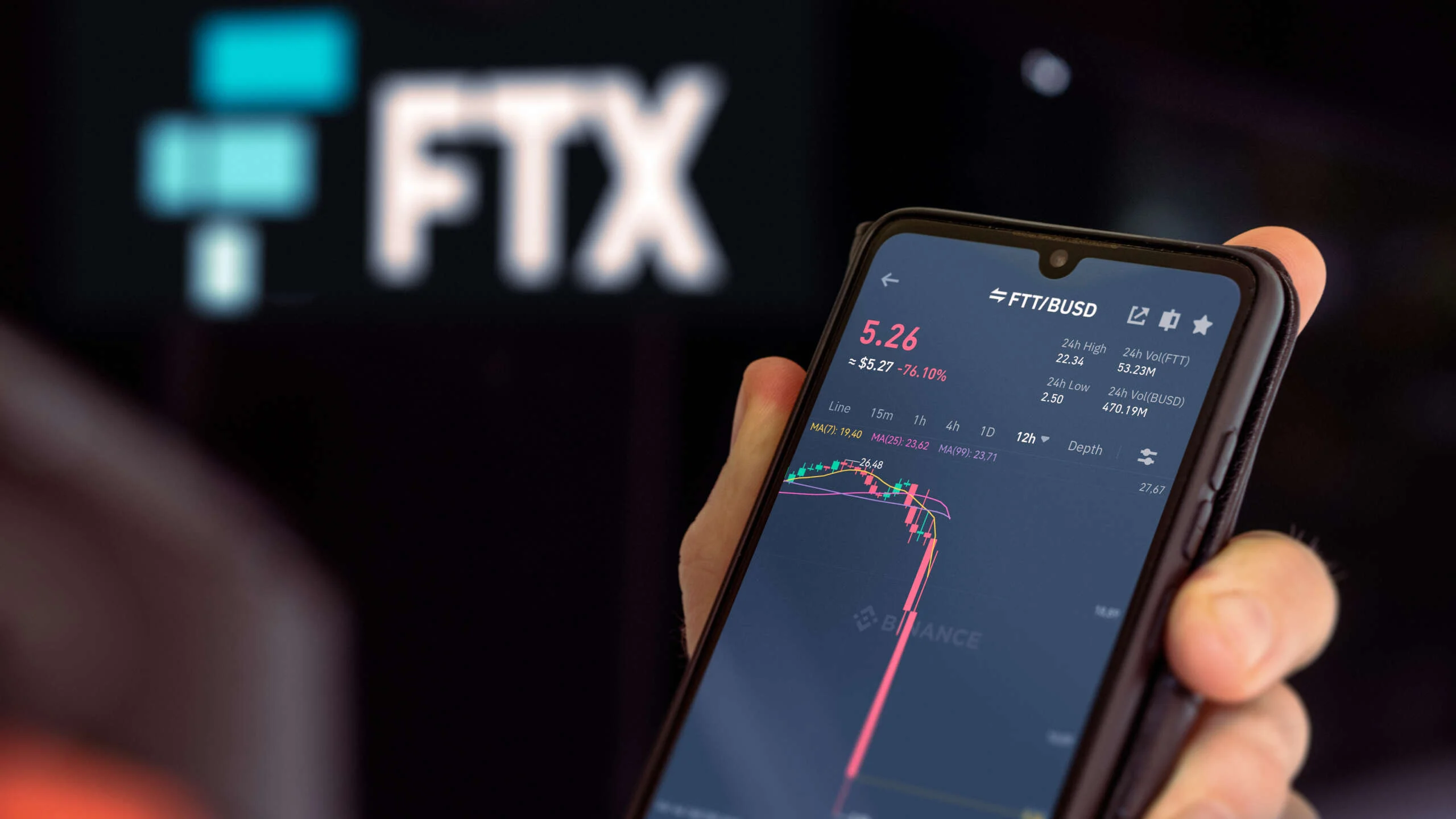Many Web3 companies view the FTX aftermath as a learning curve—abiding by all regulations to prevent finding themselves in SBF’s situation
Since Binance’s rash decision to purchase FTX fell through—and the crypto exchange became bankrupt—it’s been unclear what’s happening with FTX and its owner Sam Bankman-Fried (SBF). However, what we do know, is that many non-fungible projects are taking a hit.
Quick Take:
- FTX lost 58,086,686 worth of Solana (SOL) tokens.
- The cryptocurrency SOL has dropped by approximately 60%.
- Many SOL NFTs went down in value by 70%.
- The bankruptcy put other cryptocurrencies and NFT collections at risk.

Here’s What We Know
As the NFTs fall bit by bit, the story behind FTX’s crash becomes more apparent. The exchange lent many of its customer’s funds to its sister firm, Alameda Research, which made poor decisions with FTX’s assets, including uncalculated and illegitimate bets.
The mismanagement made FTX lose $10 billion in funds, which led to bankruptcy on November 11, 2022.
Following the chaos, many people have lost faith in blockchain incentives, pulling out of Web3 entirely by taking their crypto assets—both fungible and non-fungible—off the blockchain to mitigate other risks from occurring.
Unsurprisingly, as a result, many Web3 companies, including numerous NFT-related projects, are suffering.

The FTX Aftermath – NFT Collections Suffering
The prices for numerous Ethereum blue-chip NFT collections, such as Bored Ape Yacht Club, have fallen in value since the crash. FTX’s sister company, Alamada Research, was holding many Bored Apes in addition to helping Yuga Labs raise capital. Thus, put many Bored Apes at risk.
Following the crash, the curators of Bored Apes Yuga Labs also noticed around 18,000 ETH ($23 million) in royalties disappear. The NFT curator stored its assets on the crypto exchange before it went down.
Moreover, the curator’s other OG collection, CryptoPunks, fell by a whopping 37%, alongside many other collectibles, including ones directly stored on FTX’s marketplace.
FTX had more than 1600 NFT collections on its marketplace before being shut down—all of which were mostly Ethereum-based and owned by Whales.
Altthough, FTX is just one of many marketplaces facing issues since the bankruptcy. Solana’s NFT marketplace, Magic Eden, has also taken a turn for the worst, following FTX being a large SOL collector, holding 58,086,686 SOL tokens which the marketplace is most dependent on.
Consequently, the price of SOL has dropped by 58.69%, accoring to CoinStats.

Moreover, SOL NFTs, including the ever-so-famous DeGods and Y00ts, fell down by approximately 70% (alongside many other cryptocurrencies, including Ethereum and Bitcoin).
Nevertheless, in order for the marketplace to get back on track, Magic Eden expanded its marketplace with Polygon NFTs—to bring new Web3 developers onto its platform rather than solely focusing on SOL like before.

The Future of NFTs & Web3 Regulations
Although FTX has undoubtedly stirred up a storm, some good has come from the bankruptcy. Many Web3 companies are coming together to do all they can to protect and satisfy Web3 curators. Look at OpenSea, for instance. Following the crash, OpenSea began giving all curators the royalties they deserve.
Furthermore, many Web3 companies view this liquidity crunch as a learning curve. Therefore, are working toward abiding by necessary policies to prevent finding themselves in a situation like SBF and further ruining the blockchain’s reputation.
The necessary issues are finally being worked on to prevent more havoc in the space from rising.
Although it’s sad that many NFT projects—including Pablo Stanley Human Kind—are postponing their drops until the market calms down, it’s better to publish collections once all the necessary regulations are in place and the market has perked up again.
We look forward to seeing what collectibles emerge from the gloom.
Subscribe to the NFT Lately newsletter to receive news covering the latest NFT-related drops, releases, reviews, and more.



